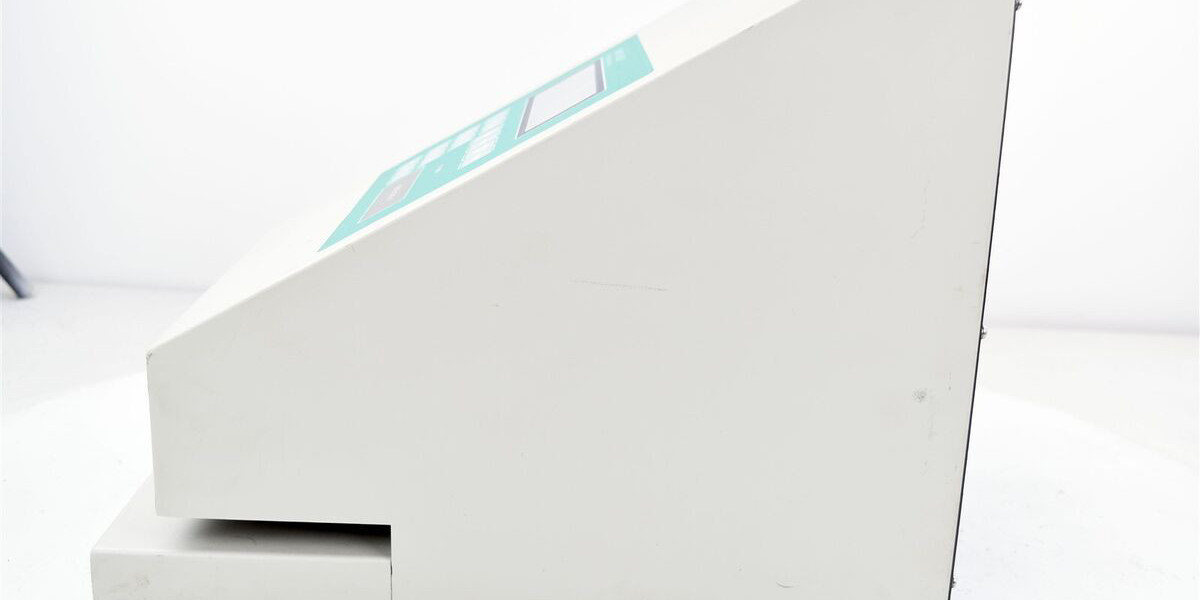Porosity testing might not sound exciting, but it’s essential for countless industries. This precise method measures tiny holes and voids in materials, providing insights that can dramatically affect quality and performance. One of the key tools in this process is the Gurley porosity tester, which helps ensure that materials meet the required standards for strength and durability. Whether you’re curious about its role in aerospace, healthcare, or manufacturing, porosity testing is a game-changer. Let’s dive into the industries that rely on it the most and why this method is so crucial for their success.
Understanding Porosity Testing
Porosity testing involves evaluating the permeability and density of a material. This testing method ensures materials meet strict quality standards and perform as expected. By detecting inconsistencies in structure, porosity testing identifies potential weaknesses before they turn into costly problems. The process is non-destructive and accurate, making it a trusted choice in industries where safety and precision are non-negotiable.
Aerospace Industry: Flying High With Precision
In the aerospace sector, even minor flaws in materials can lead to catastrophic failures. Porosity testing ensures the integrity of lightweight materials like composites and metals used in aircraft. High-performance jet engines, fuselages, and other critical components benefit from this testing to maintain safety and efficiency. Manufacturers use porosity testing to detect microscopic voids, ensuring that every part can withstand the pressures of high-altitude travel.
Composite Materials: Ensuring Strength
Composite materials are widely used in aerospace due to their strength and lightweight nature. Porosity testing helps detect voids or air pockets that compromise structural integrity. This ensures planes remain safe and efficient throughout their lifespan.
Automotive Industry: Driving Safety Forward
The automotive industry relies heavily on porosity testing to manufacture durable and reliable components. From engine blocks to fuel tanks, precise porosity measurements ensure materials meet stringent safety and performance standards. By identifying and rectifying flaws during production, manufacturers can deliver safer vehicles and extend product longevity.
Enhancing Fuel Efficiency
Porosity testing plays a role in improving fuel efficiency by ensuring that lightweight materials used in modern vehicles remain strong and durable. This is vital for meeting environmental standards and satisfying customer demands for fuel-saving designs.
Healthcare Industry: Supporting Life-Saving Devices
In the healthcare field, porosity testing is critical for medical devices and implants. Materials used in artificial joints, stents, and prosthetics must meet exacting standards to ensure patient safety. Porosity testing ensures these devices are free of flaws that could lead to failure, enhancing their reliability in life-saving applications.
Sterilization Compatibility
Porosity testing also verifies the compatibility of materials with sterilization processes. Medical tools and implants must withstand rigorous cleaning methods without compromising their structure, and porosity testing ensures this standard is met.
Construction Industry: Building Solid Foundations
The construction sector uses porosity testing to assess building materials like concrete, bricks, and stones. Accurate testing ensures these materials can withstand environmental conditions, from heavy rain to extreme heat. By identifying potential weaknesses, builders can prevent structural failures and improve the longevity of construction projects.
Ensuring Water Resistance
Porosity testing helps ensure materials are water-resistant, which is crucial for buildings exposed to moisture. This prevents long-term issues like mold growth and water damage.
Oil and Gas Industry: Securing Energy Resources
In the oil and gas sector, porosity testing is used to evaluate the permeability of rocks and soil. This helps determine the potential yield of oil or natural gas reserves. Additionally, it ensures the integrity of pipelines and storage tanks by identifying weak spots that could lead to leaks or environmental disasters.
Pipeline Safety
Porosity testing is crucial in assessing materials for pipelines to ensure they can handle high pressures without developing cracks or leaks.
Electronics Industry: Perfecting Performance
The electronics industry relies on porosity testing to evaluate materials used in components like semiconductors and circuit boards. Even the smallest flaw in these materials can lead to device failures. Porosity testing ensures these components meet the required standards for conductivity and reliability.
Advancing Miniaturization
As electronic devices become smaller, the precision of porosity testing becomes even more critical. It ensures that materials can function optimally, even at microscopic scales.
Packaging Industry: Protecting Products
In the packaging industry, porosity testing ensures materials like plastics and paperboard are fit for purpose. From food containers to pharmaceutical packaging, this testing method helps prevent contamination and ensures product integrity.
Barrier Properties
Porosity testing is essential for assessing barrier properties, ensuring that packaging effectively protects against moisture, oxygen, or light exposure.
Energy Sector: Powering Innovation
Renewable energy technologies, such as solar panels and wind turbines, rely on materials that have been rigorously tested for porosity. Testing ensures these materials can withstand harsh environmental conditions and perform efficiently over time.
Solar Panel Durability
Porosity testing in solar panels helps identify defects that could reduce efficiency or lifespan, ensuring optimal energy output.
Final Thoughts
Porosity testing is the unsung hero of countless industries, quietly ensuring safety, efficiency, and innovation. Whether it’s safeguarding a patient’s life with a medical device or improving the performance of an aircraft, this method plays a critical role in shaping our modern world. By understanding the value of porosity testing, industries can continue to deliver high-quality products and services that meet and exceed expectations.







